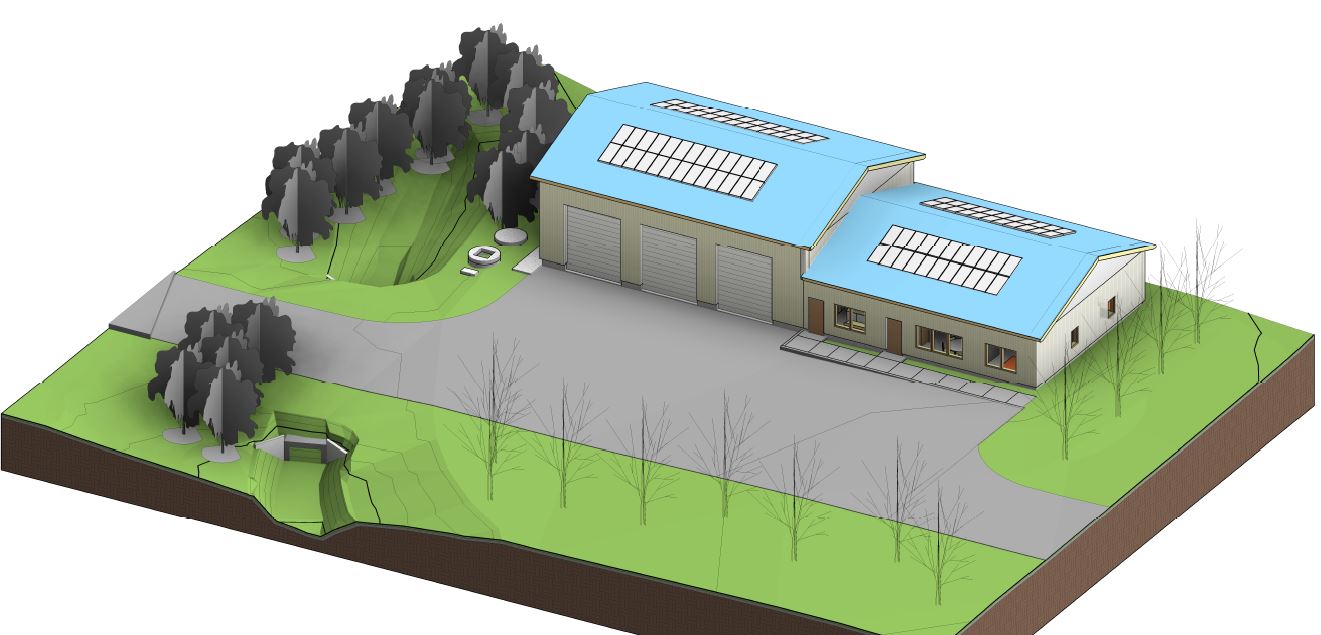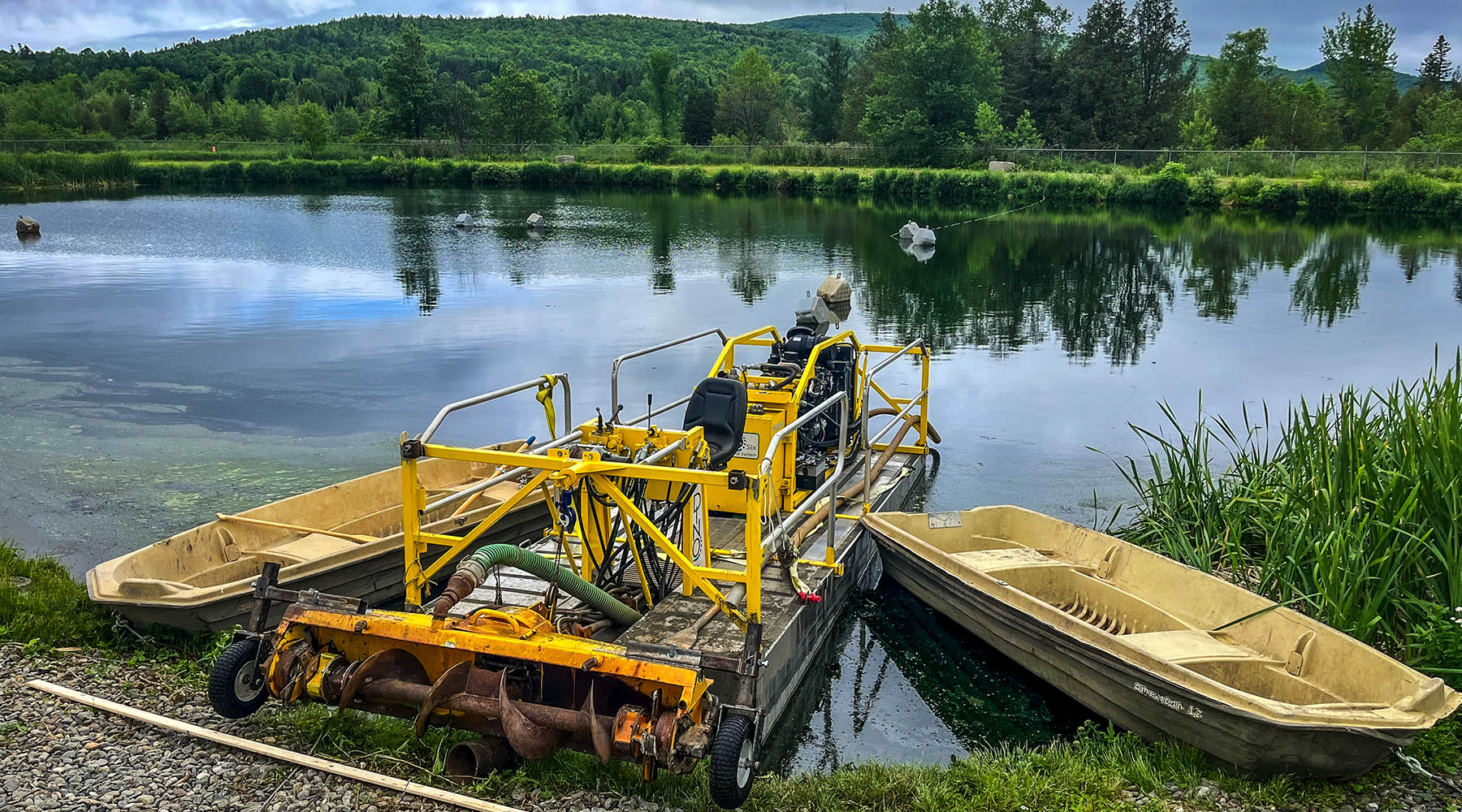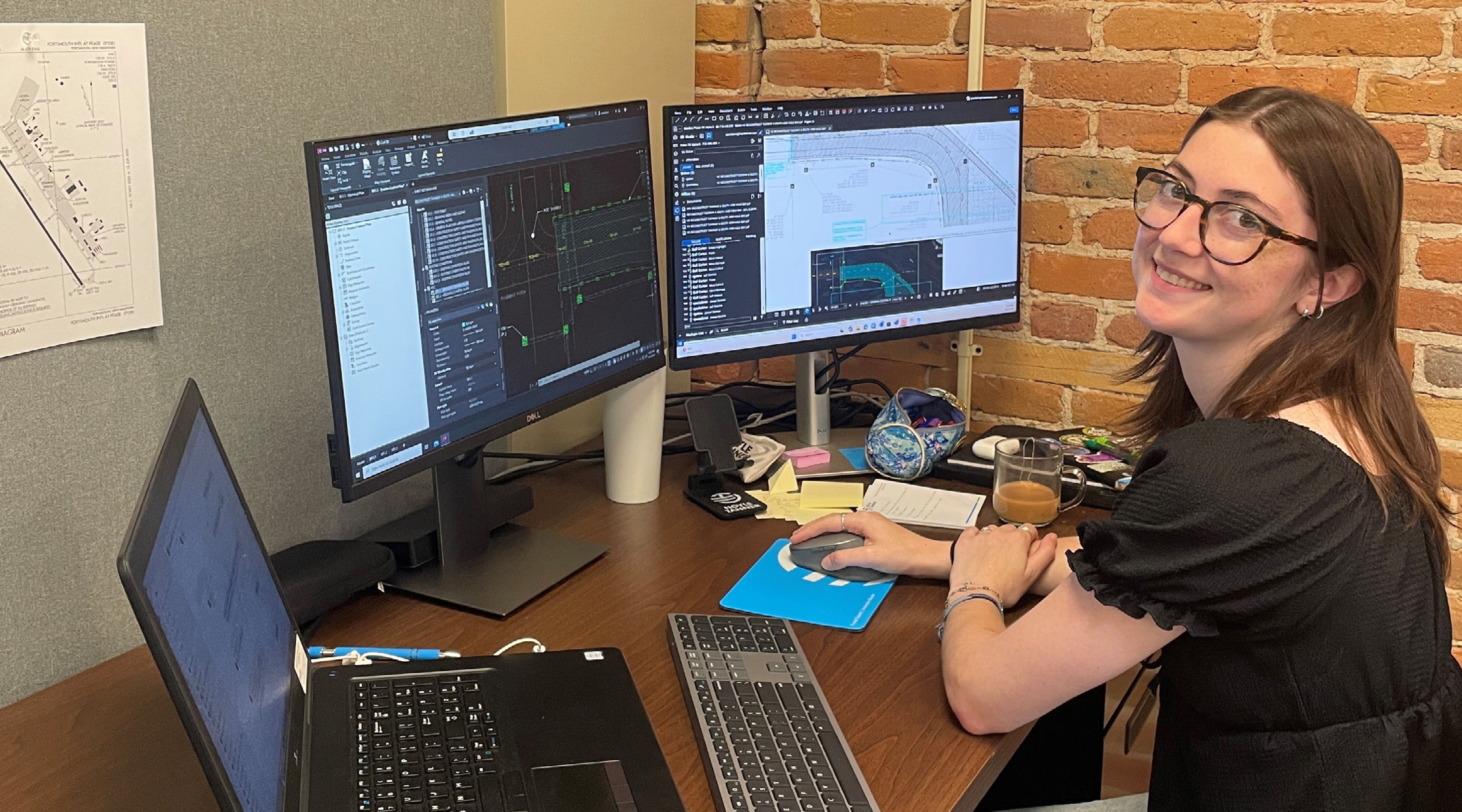Whether it’s a brewery, paper mill, food or chemical plant in your community, these businesses almost always produce industrial wastewater. As such, there is a need for wastewater management generated from these, and many other, industrial activities discharging to a Publicly Owned Treatment Works (POTW). Managing industrial wastewater can be accomplished through a well-run Industrial Pretreatment Program (IPP). In addition, with the emergence of new contaminants that might not be compatible with POTWs, an IPP facilitates the regulatory framework to determine the origins of such contaminants.
National IPP: Setting the Standards
In 1972, US Congress passed the Federal Water Pollution Control Act, known as the Clean Water Act (CWA), to restore and maintain the nation’s water quality. The Act’s goals were to eliminate the introduction of pollutants into the nation’s navigable waters to achieve “fishable and swimmable” water quality levels. The CWA’s National Pollutant Discharge Elimination System (NPDES) Permit Program is one key component established to accomplish these goals. The NPDES Permit Program generally requires that direct dischargers to a waterbody obtain an NPDES Permit.
In addition to addressing direct discharges to the nation’s waterways, the National Pretreatment Program is a regulatory program for pollutants that are discharged into a POTW, otherwise known as indirect discharges. This program requires industrial and commercial facilities to obtain permits (or use other control measures) to discharge their wastewater to a POTW. Certain discharges by these users may pass through or interfere with the operations of a POTW, leading to a direct discharge of untreated wastewater into rivers, lakes, and other water bodies.
The goals of the National Pretreatment Program as stated in 40 Code of Federal Regulations (CFR) Part 403.2 are as follows:
- To prevent the introduction of pollutants into a POTW that will interfere with the operation of the POTW, including interference with its use or disposal of sludge
- To prevent the introduction of pollutants into a POTW that will pass through the treatment works otherwise be incompatible with such works
- To improve opportunities to recycle municipal and industrial wastewater and sludges
To accomplish these goals, the National Pretreatment Program requires all large POTWs (those with design flows greater than 5 million gallons per day) and small POTWs that accept wastewater from industrial users that could affect POTWs to establish a local pretreatment program. Local pretreatment programs must enforce national pretreatment standards and requirements, as well as more stringent local requirements necessary to protect the site-specific conditions of the POTW. For example, industrial discharges from a large brewery with organic loadings much greater than typical domestic loadings may not negatively impact a large POTW but might cause major interference or pass-through at a very small POTW not designed to properly treat such organic loads.
Identifying and understanding a POTW’s Significant Industrial User’s (SIU’s) wastewater discharges is an important component of an IPP since SIUs have the ability to adversely affect the POTW.
Implementing IPP on the Local Level
Once the determination has been made that a POTW needs a local pretreatment program, six minimum elements must be included in a pretreatment program submission for review and approval by the USEPA, the state or both, depending on state statute.
- Legal Authority – A POTW must have the legal authority which authorizes the POTW to apply and enforce any pretreatment requirement. This authority is derived from state law.
- Procedures – A POTW must develop and implement procedures to ensure compliance with pretreatment requirements which include:
- Identifying all Industrial Users (IUs) subject to the pretreatment program
- Identify the characteristic of pollutants contributed by IUs
- Notify users of applicable pretreatment standards and requirements
- Receive and analyze reports from IUs
- Sample and analyze IU discharges
- Evaluate the need for an IU slug control plan
- Investigate instances of IU non-compliance
- Comply with public participation requirements
- Funding – A POTW must have sufficient resources and qualified personnel to carry out the procedures included in the approved pretreatment program.
- Local Limits – A POTW must develop local limits developed for pollutants that could cause interference, pass through or sludge contamination or worker health and safety problems.
- Enforcement Response Plan (ERP) – A POTW must develop and implement an ERP containing detailed procedures indicating how the POTW will investigate and respond to IU non-compliance instances.
- List of SIUs – A POTW must prepare, update and submit to the approval authority a list of all SIUs.
These elements are important for managing a well-run local pretreatment program and developing good working relationships with IUs. As new contaminants continue to emerge that are not compatible with POTWs, pretreatment programs will be useful to identify sources of new contaminants that may potentially cause issues with POTW effluent water quality or sludge disposal practices. A pretreatment program must be adaptable, and any necessary modifications to local pretreatment programs to address new contaminants must be conducted expeditiously.
Our Experience with IPP & Water Treatment
Hoyle, Tanner’s Northeast Municipal Engineering Services Group employs 20 engineers whose primary focus is water quality engineering – wastewater, stormwater and drinking water. industrial inspections, writing annual reports or providing technical expertise relative to enforcement actions. Our team has the experience to provide pretreatment program resources and immediate expertise.
Our depth and breadth of pretreatment program experience includes: identifying IUs to be included in an IPP, writing industrial user permits, evaluating the need for updating technically-based local limits, and updating Sewer User Ordinances and ERPs.
For more information, please visit our website at: www.hoyletanner.com or contact Senior Engineers Paula Boyle or Heidi Marshall.










